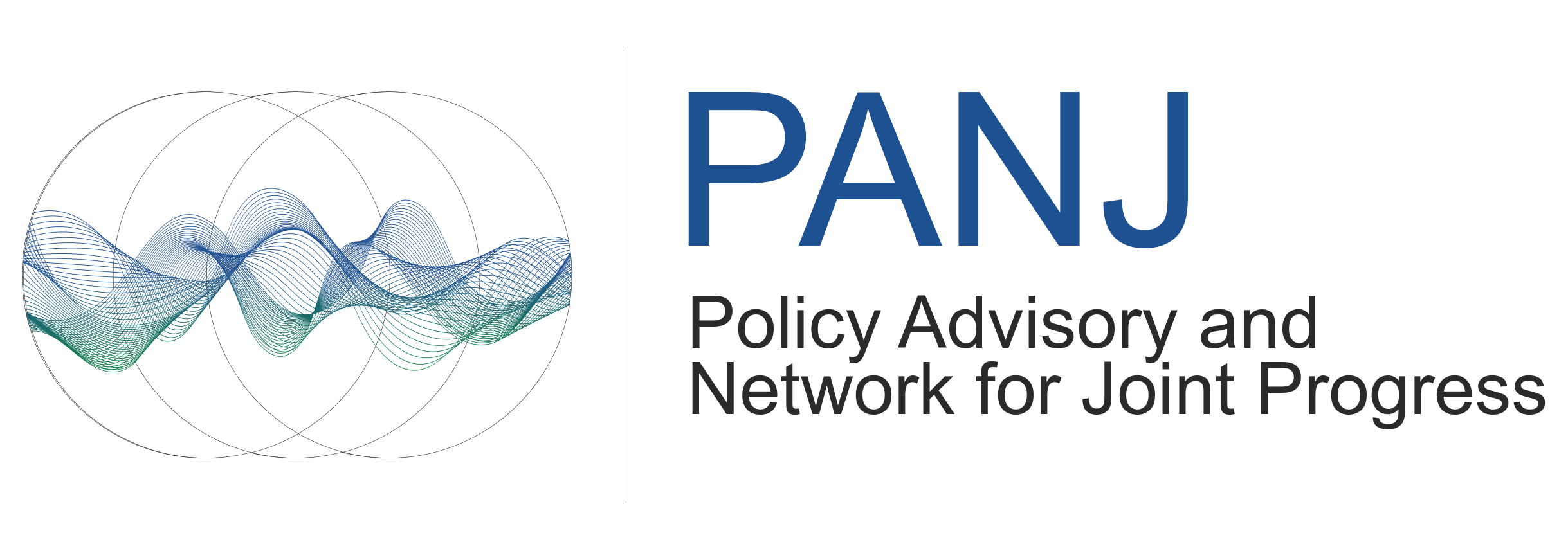
Energy, groundwater, and agriculture are intricately linked, each influencing the other in significant ways. This interdependence is crucial for sustainable development, resource management, and food security. A reliable and efficient energy source can optimize groundwater usage, but the provision of highly subsidized or nearly free electricity for agriculture has long been a key concern in regional agricultural development. Nearly all electricity consumed in agriculture is used for pumping, primarily for irrigation purposes
In Punjab, the relationship between energy and irrigation is particularly relevant as the agriculture sector receives free power. The irrigation sector consumes approximately 25 to 30 percent of the state’s total electricity, with over 93 percent of tube-wells being electrically powered. Currently, Punjab does not impose energy tariffs on groundwater irrigation users. Electricity subsidies for groundwater irrigation account for more than 75 percent of the total electricity subsidies.
From 1995 to 2022, Punjab has undergone significant changes critical for understanding the region’s sustainable development and future resource management. Net annual groundwater availability in Punjab experienced minor fluctuations, peaking at 23.4 BCM in 2013 before declining to 17.1 BCM in 2022. The annual groundwater draft for irrigation rose from 8.3 BCM in 1995 to a peak of 34.6 BCM in 2017, subsequently decreasing to 26.7 BCM in 2022. Meanwhile, the area irrigated by groundwater in Punjab expanded from 2,370 thousand hectares in 1995 to 2,936 thousand hectares in 2022, reflecting a more modest increase compared to the national average. The proportion of groundwater-stressed blocks in Punjab is concerning, consistently high and peaking at 88.9% in 2022. The stage of groundwater development has been exceptionally high, exceeding 100% since 1995 and reaching 172% in 2011, indicating severe over-extraction. The implications of these trends are profound; massive energy subsidies for agriculture have contributed to increased groundwater withdrawals, resulting in depleted aquifers. Electricity consumption by the agricultural sector surged from 6.5 Billion Units (BU) in 1995 to 12.5 BU in 2022, nearly doubling over the period. This increase can be attributed to factors such as the transition from diesel to electric pump sets and the need for more energy to extract water from deeper levels as groundwater levels decline.
While the area under groundwater irrigation in Punjab expanded marginally by 24 percent from 1995 to 2022, groundwater draft increased by 222 percent, and electricity usage for irrigation surged by over 92 percent. This vast divergence between the electricity consumption and groundwater extraction in Punjab, can be attributed to several factors. These include potential overestimations in reported electricity supply to the agricultural sector and underestimations in groundwater draft assessments. Inefficient pump sets contribute by consuming more electricity for irrigation. Additionally, a shift from diesel to electricity since the mid-2000s has increased energy use without corresponding increases in groundwater extraction. Furthermore, declining groundwater levels in some areas necessitate longer pumping times and greater energy consumption to maintain irrigation needs. Addressing these factors is crucial for sustainable water and energy management in Punjab’s agricultural sector. While providing no-cost electricity encourages unrestricted groundwater extraction, other factors such as electricity supply quality, duration of availability, irrigation intensity, cropping patterns, farmer awareness, regional hydrogeology, and groundwater conservation efforts all influence groundwater withdrawal rates.
References
Central Ground Water Board (CGWB). (1995-2022). Report on dynamic ground water resources of India, (1995-2022). Faridabad: Ministry of Water Resources, Government of India.
Ghuman, R.S. & Sharma, R. (2018) Emerging water insecurity in India: Lessons from an agriculturally advanced state. Cambridge, UK: Cambridge Scholars Publishing.
Prayas. (2018). Understanding the electricity, water, agriculture linkages- Volume 1&2. Prayas (Energy Group)
Deepratan Singh is Research Lead at PANJ Foundation.
